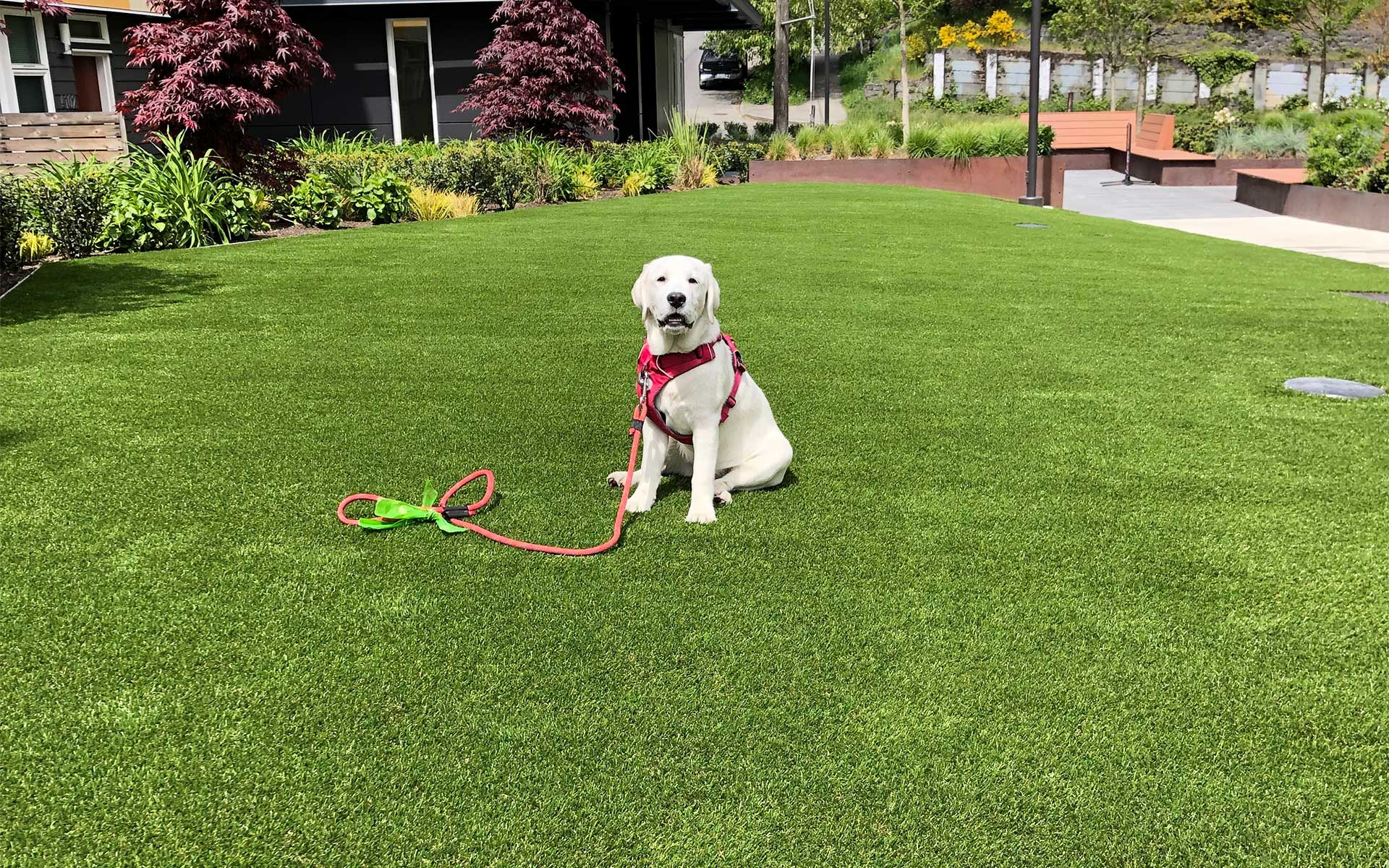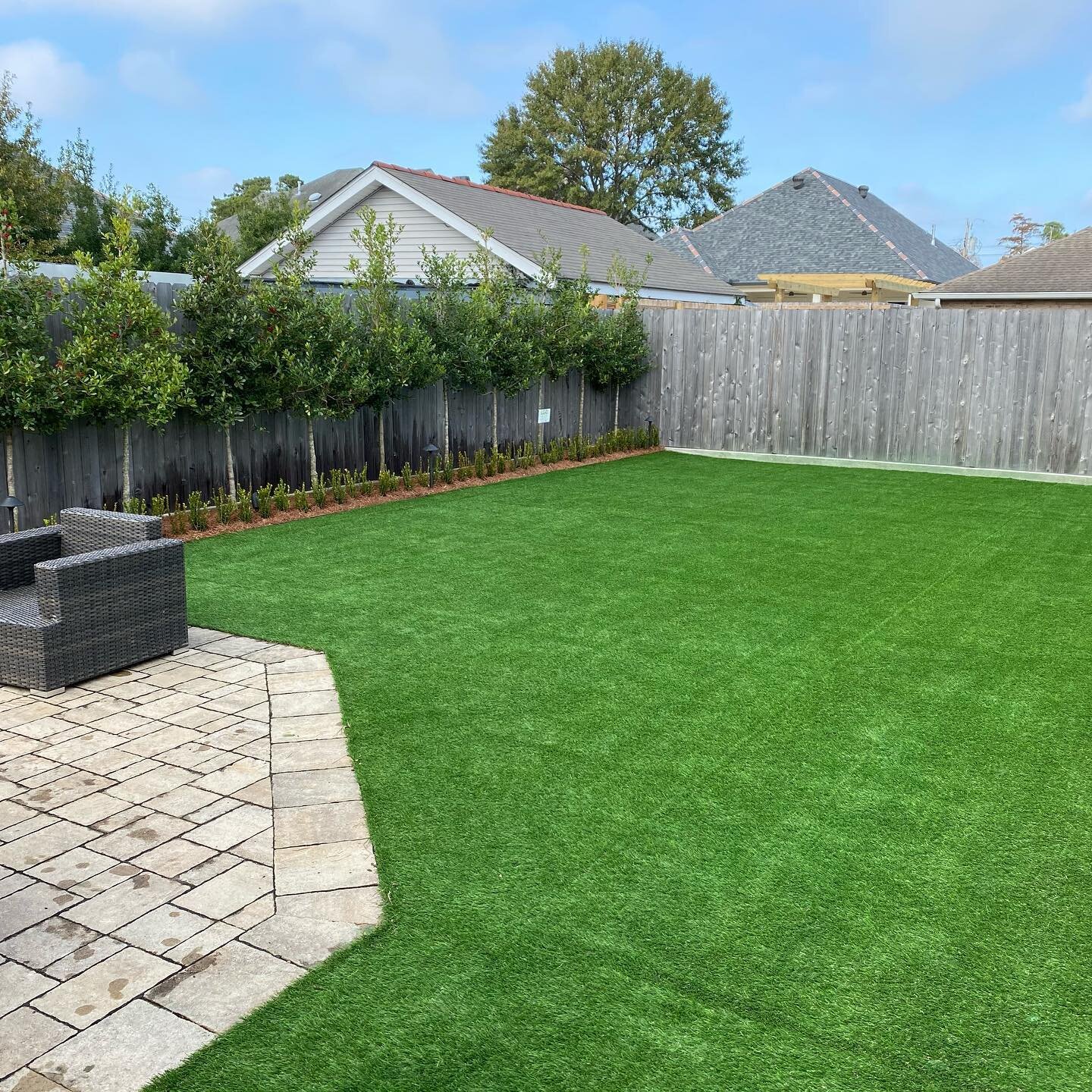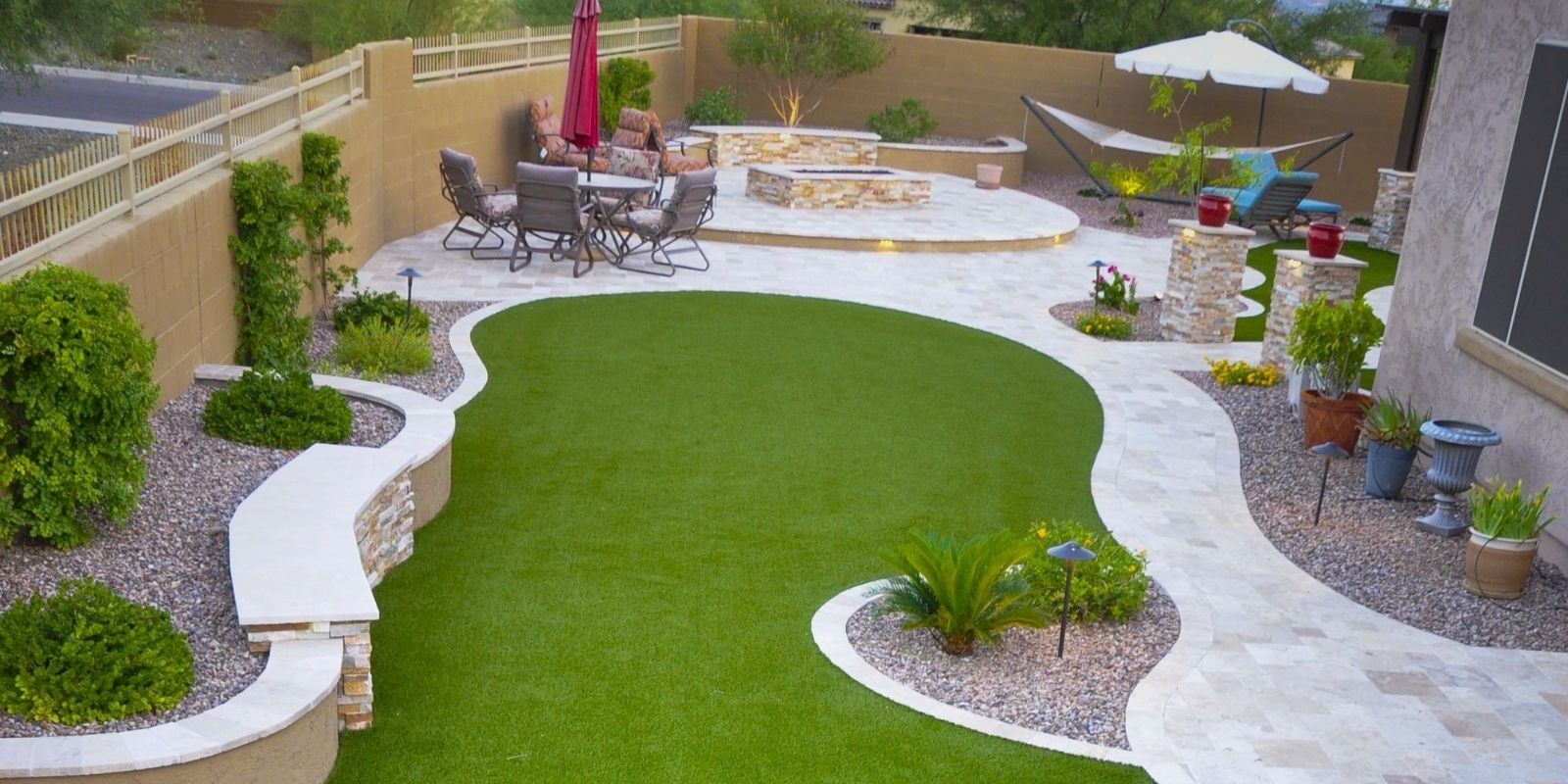Leading Phoenix Turf Companies Providing High-End Synthetic Lawn Products
Leading Phoenix Turf Companies Providing High-End Synthetic Lawn Products
Blog Article
Explore the Environmental Benefits of Opting for Synthetic Grass Solutions
The fostering of artificial lawn services presents a compelling possibility to resolve pressing ecological challenges. By substantially minimizing water use and reducing the application of unsafe chemicals, these options not just promote sustainable landscape design yet likewise secure neighborhood ecosystems.
Water Conservation Conveniences
Among the most considerable advantages of synthetic grass is its ability to save water. Standard grass lawns require considerable irrigation, specifically in areas vulnerable to dry spell or water restrictions. On the other hand, synthetic grass does not need watering, significantly reducing the overall demand for water sources. This feature is specifically advantageous in dry regions where water deficiency is a pressing concern.
By removing the need for routine watering, artificial turf adds to lasting landscape methods and assists minimize the environmental impact of excessive water usage. Furthermore, the preservation of water reaches the decrease of runoff, which can lead to dirt disintegration and river contamination.
Furthermore, the setup of synthetic grass enables home owners and towns to assign water resources extra effectively, concentrating on necessary uses such as drinking water and farming. The shift towards synthetic grass not just advertises accountable water use yet likewise lines up with more comprehensive ecological goals focused on maintaining natural deposits.
As neighborhoods increasingly focus on sustainability, the water conservation advantages of synthetic lawn offer an engaging instance for its adoption in commercial and property landscaping projects.
Minimized Chemical Use
The change to synthetic grass significantly lowers the reliance on chemical treatments typically utilized in natural lawn upkeep. Standard turf management usually includes the application of herbicides, plant foods, and pesticides to advertise growth and control insects. These chemicals can present threats to human wellness, local wild animals, and the atmosphere, adding to soil and water contamination.
In contrast, man-made grass eliminates the requirement for these harmful substances. By minimizing the launch of artificial substances right into the community, man-made grass promotes much healthier dirt and water systems.
Additionally, the lack of chemical overflow linked with synthetic grass setups aids protect local waterways from contamination, supporting marine life and keeping biodiversity. Arizona turf. As communities increasingly focus on sustainable methods, deciding for synthetic grass provides a sensible remedy that straightens with environmental conservation goals. With this shift, residential property proprietors can delight in rich green spaces without jeopardizing environmental health, leading the way for a much more sustainable future
Reduced Carbon Impact

In addition, the setup of fabricated lawn can cause significant water preservation. Natural grass call for considerable amounts of water for watering, which not just adds to the carbon footprint related to water removal and therapy but also strains local water sources. In contrast, artificial turf needs marginal upkeep, requiring no watering, therefore substantially decreasing water usage and its linked power expenses.
In addition, the long life of synthetic turf adds to its lower carbon effect. With a life-span of approximately 15 years or even more, the need for regular substitutes is diminished, leading to less waste and reduced power consumption in production and disposing of typical grass options. Generally, artificial lawn provides a lasting alternative for ecologically conscious landscape design.
Habitat Preservation
Habitat preservation is a vital factor to consider in the debate over landscaping selections, particularly when contrasting artificial lawn to natural grass. All-natural yard lawns usually call for substantial maintenance, consisting of making use of fertilizers, chemicals, and herbicides, which can adversely affect neighborhood ecological communities. These chemicals can leach into the soil and rivers, damaging native plants and animals and disrupting neighborhood environments.
On the other hand, fabricated lawn provides a possibility to minimize the eco-friendly footprint of landscaping. By going with artificial turf, homeowners can lessen the interruption of natural environments connected with typical yard care techniques. Fabricated turf eliminates the demand for unsafe chemicals, therefore shielding nearby wild animals and preserving the integrity of bordering ecological communities. The installment of fabricated lawn can lead to the conversion of former yard areas right into more biodiverse landscapes, such as pollinator gardens or indigenous plant areas, which can support local wild animals.
Inevitably, the transition to synthetic grass not only conserves water and decreases maintenance efforts however additionally cultivates a much more unified partnership in between human tasks and the natural setting, promoting habitat conservation at the same time.
Long-Term Sustainability
Long-term sustainability is an essential consider evaluating the advantages of synthetic grass over redirected here standard yard yards. One of the most considerable advantages of synthetic grass is its durability; it can last approximately 15-20 years with marginal upkeep, whereas natural grass calls for frequent reseeding and replacement. This durability minimizes the requirement for constant sources, such as water, fertilizers, and chemicals, which are vital for keeping a healthy and balanced grass lawn.
Furthermore, synthetic grass adds to a reduction in carbon exhausts connected with lawn treatment devices. Typical yards usually need gas-powered mowers, trimmers, and blowers, all of which add to Artificial turf companies phoenix air contamination. Arizona artificial turf. In contrast, synthetic grass eliminates the demand for such devices, advertising a cleaner environment
Furthermore, the production of fabricated grass significantly makes use of recycled products, boosting its sustainability profile. As manufacturers embrace green practices, the ecological footprint of synthetic grass proceeds to reduce.

Verdict
The adoption of synthetic grass services provides significant ecological advantages, consisting of considerable water preservation, reduced reliance on dangerous chemicals, and a lower carbon impact. Moreover, fabricated turf help in protecting all-natural habitats by reducing land disturbance and promoting lasting sustainability with making use of resilient products. Collectively, these aspects emphasize the possibility of synthetic grass to contribute positively to environmental wellness and supply a viable alternative to standard landscape design methods in a progressively resource-conscious globe.
In comparison, man-made turf does not need watering, substantially lowering the total need for water resources. By reducing the launch of synthetic compounds right into the ecological community, synthetic lawn promotes healthier dirt and water systems.
Furthermore, the installation click over here now of man-made lawn can result in substantial water preservation. In contrast, man-made turf requires minimal maintenance, needing no watering, consequently significantly decreasing water usage and its associated power prices.

Report this page